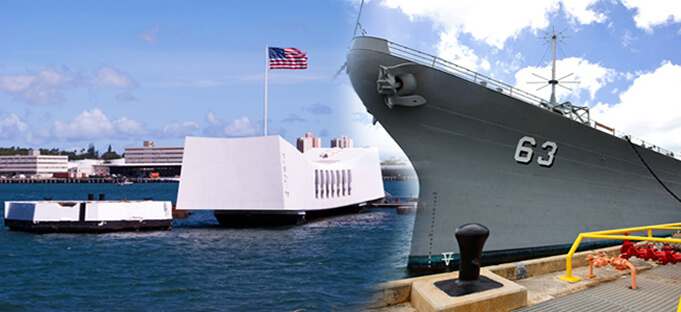
Pearl Harbor Bombing
The war between Japan and the United States began in the 1930s when alterations over China drove the two nations apart. In 1931 Japan conquered Manchuria. By 1937, Japan began a long and what eventually proved to be an ineffective campaign to triumph over the rest of China. The Japanese government allied their country in 1940 with Nazi Germany in the Axis Alliance. In the following year, they occupied all of Indochina.
With important political and economic interests in East Asia, The United States was shocked by the Japanese. The U.S. increased military and financial aid to China. The United States strengthened its military power in the Pacific Ocean while cutting off shipments of raw materials and oil to Japan. Poor in natural resources, Japan’s government considered this embargo on oil as a threat to the
country’s survival. Japanese leaders with the commander of the Japanese fleet, Admiral Yamamoto developed a plan to immobilize the U.S. fleet at the beginning of the war. This was the surprise attack of the U.S. Pacific Fleet based at Pearl Harbor.
Sunday morning was dawning when the Japanese concentrated a surprise attack on ships in Pearl Harbor with dive bombers torpedoes. At the same time they bombed military airfields and navy bases on the island of Oahu before the American pilots could respond to the attack. In all, 188 planes were demolished. Four American battleships were sunk and other sea vessels were sunk or severely damaged. 2,000 American soldiers and sailors lost their lives in this brutal attack. An additional 1,400 folks were injured and another 1,000 were declared missing on December 7, 1941.
why book with us?
-

Secure Shopping
Safe, secure online booking system with validated privacy protection.
-

Advance Booking
SatisfactionFocus on what matters. Relax knowing your ceremonies are reserved and guaranteed.
-

Friendly Support
Our staff will answer any questions you may have and ensure 100% satisfaction.
